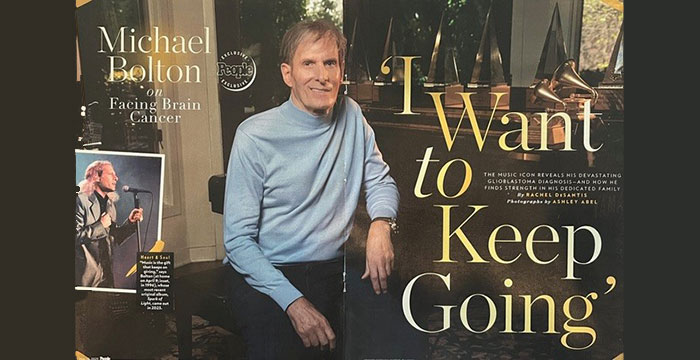I am the last person they want to meet. Actually, they would rather not meet me any time. Hospice chaplain.
I remember walking into a nursing home room to meet a new hospice patient. He was in his 60s and had a brain tumor. I gave him a friendly smile and said, “I’m Hank, the chaplain from hospice.”
With a terrified look he gasped, “Oh God. No!”
I sat down and asked, “What do you mean by that?”
“I don’t want to die.” A very honest and understandable answer.
He was so disturbed by my presence I decided to spend this first visit just getting acquainted and, perhaps, lower his anxiety a little. I told him just because you are in hospice you don’t have to die. I said, “You can flunk out of hospice.” It doesn’t happen often but occasionally people actually improve and no longer have a life expectancy of six months or less, which is the prognosis needed to qualify for hospice care.
It is very normal to fear death
Sadly, “I don’t want to die,” were among the last words I heard him say. I made several more visits to see him but the tumor creeping through his brain took away his ability to speak after that initial conversation. I so wanted to explore what was behind his fear of death. It is very normal to fear death but each patient has their own unique spin on it.
There are many obstacles hindering people from getting into hospice care but I think getting over our normal resistance to accepting a terminal diagnosis is a major hurdle. Here is how the logic goes … “Hospice means I am dying. … I don’t want to die. … Therefore, I won’t go into hospice and not die.” Truth is most people die outside of hospice care anyway so staying away from hospice does not keep one alive.
They are going to die with or without hospice
I was inspired to write about admission into hospice because a recent issue of The Journal of the American Medical Association (JAMA) has a “Patient Page” on the topic. JAMA is mostly for physicians and other healthcare professionals but they offer “patient pages” as a resource for lay persons. You can download a one page summary about hospice free from their website.
I advise medical personnel outside of hospice to emphasize the positive aspects of hospice as they counsel patients about end-of-life care. Hospice can help people stay in their own home and provide help for the caregivers. Medical equipment and many other expenses are covered under hospice. You have pain control experts available to offer comfort. Emotional and spiritual concerns are addressed with social workers and chaplains.
Sure. The patient is seriously ill and will probably die in the near future. But they are going to do that with or without hospice.





